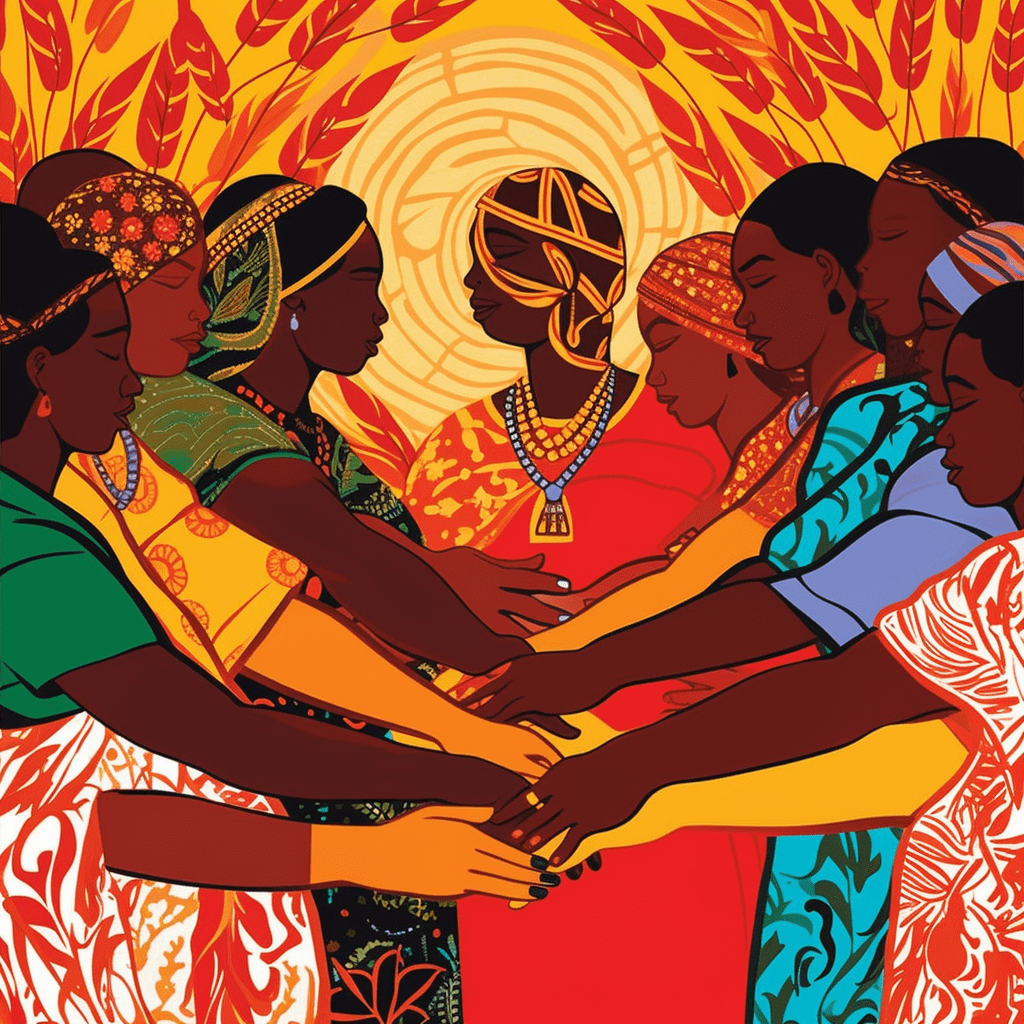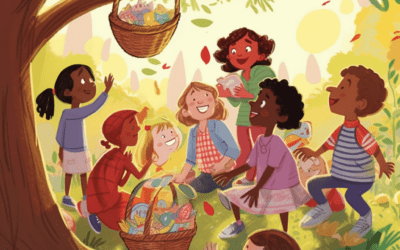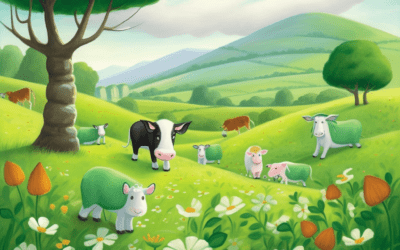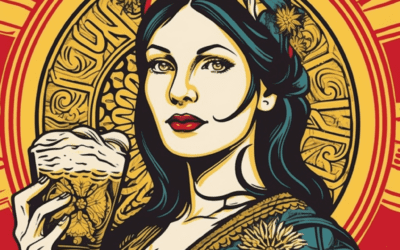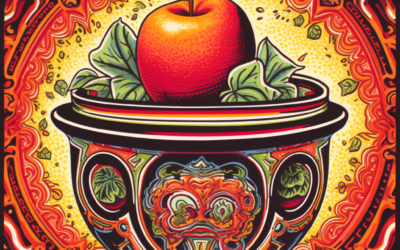Harvest Festivals Around the World: How Do Different Cultures Celebrate?
Introduction:
Harvest festivals are celebrated in many cultures worldwide as a way to give thanks for the bountiful crops and to mark the end of the harvest season. These festivals are deeply rooted in traditions and showcase the diverse ways in which different cultures celebrate this important event. Let’s take a closer look at how various cultures around the world celebrate harvest festivals.
Harvest Festivals in India:
In India, the festival of Makar Sankranti, also known as Pongal, is a significant harvest festival celebrated with great enthusiasm. People gather for feasts, fly kites, exchange sweets, and offer prayers to the sun god. In the northern state of Punjab, the festival of Baisakhi heralds the harvest season with lively Bhangra dances and music.
Harvest Festivals in China:
China celebrates the harvest festival known as the Mid-Autumn Festival or Moon Festival. Families come together to enjoy mooncakes, a traditional pastry, and admire the full moon. Lanterns are also an essential part of this festival, with vibrant displays lighting up the night sky.
Harvest Festivals in the United States:
In the United States, Thanksgiving is a well-known harvest festival celebrated on the fourth Thursday in November. Families and friends gather for a special meal that typically includes turkey, stuffing, and pumpkin pie. It is a time for expressing gratitude and spending quality time with loved ones.
Harvest Festivals in Africa:
In many African countries, harvest festivals are an important part of the cultural calendar. For instance, the Yam Festival in Ghana marks the end of the yam harvest season. This festival involves music, dance, and traditional rituals to give thanks for a successful harvest.
Harvest Festivals in Europe:
Europe also has its share of unique harvest festivals. In the United Kingdom, the Harvest Festival, also known as Harvest Home, is a traditional occasion where churches are decorated with crops, flowers, and fruits. Farmers bring their produce to the church, which is then distributed to those in need. In Germany, the Oktoberfest celebration originated as a harvest festival and is now one of the world’s largest beer festivals.
Harvest Festivals in Latin America:
Latin American countries have distinct harvest festivals that combine indigenous traditions with Catholic influences. For example, Mexico celebrates the Day of the Dead in early November, a multi-day festival honoring deceased loved ones. Decorated altars are created, and families gather to remember and celebrate the lives of their ancestors.
Harvest Festivals in Japan:
Japan celebrates the harvest festival, known as Niiname-sai, with a ceremonial offering of newly harvested rice to the emperor. This ancient tradition aims to show gratitude for the year’s harvest and to pray for a bountiful future harvest.
Harvest Festivals in Southeast Asia:
In Southeast Asia, the rice harvest is a significant event, and festivals are held to express gratitude to the gods for a successful harvest. For example, Thailand celebrates the Loy Krathong festival during the full moon in November. People release decorative floats made from banana leaves onto rivers and lakes, symbolizing the floating away of negativity and making wishes for the future.
Conclusion:
Throughout the world, harvest festivals hold great cultural and symbolic importance. They bring communities together to celebrate abundance, express gratitude, and honor the hard work of farmers. Each culture adds its own unique customs, traditions, and flavors to these festivals, creating a rich tapestry of global harvest celebrations.
Harvest Festivals Around the World: How Do Different Cultures Celebrate?

